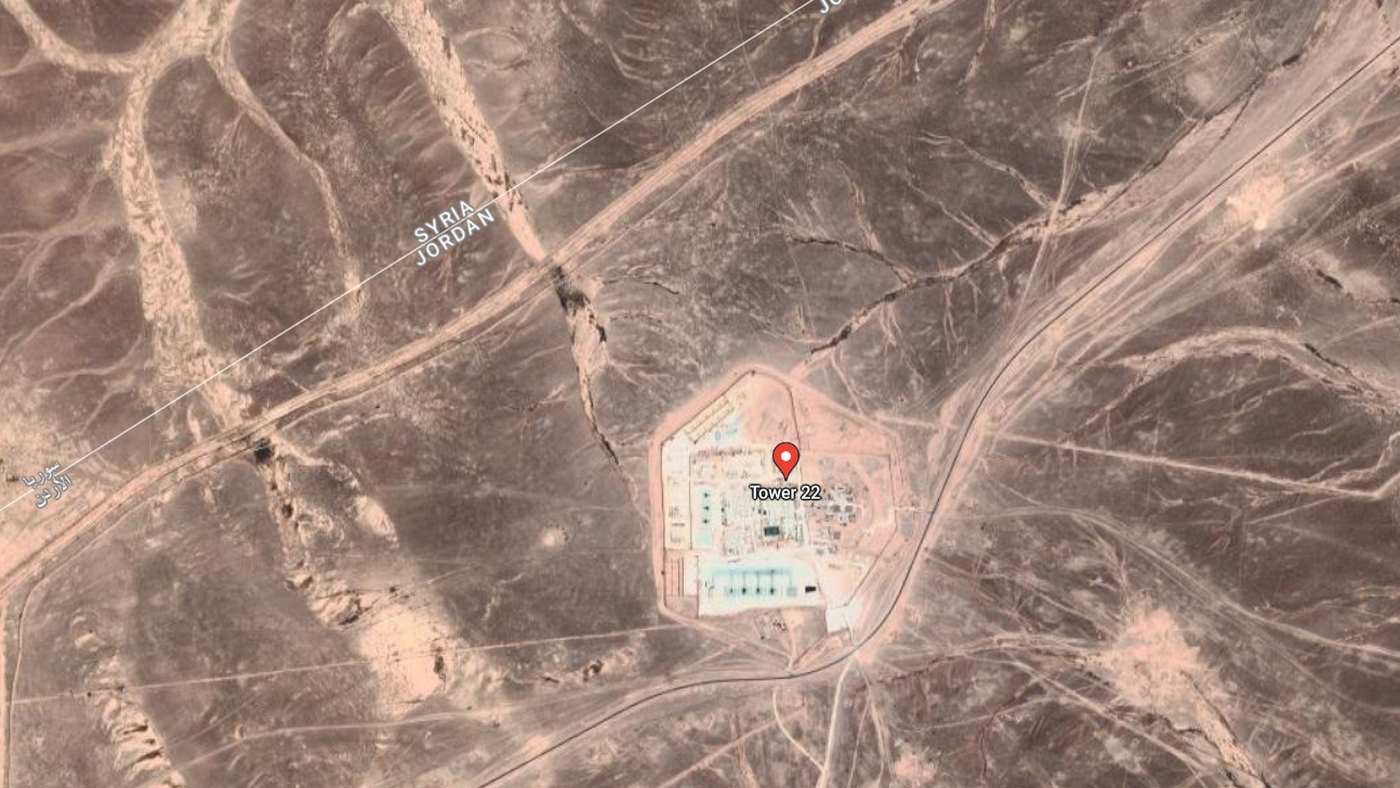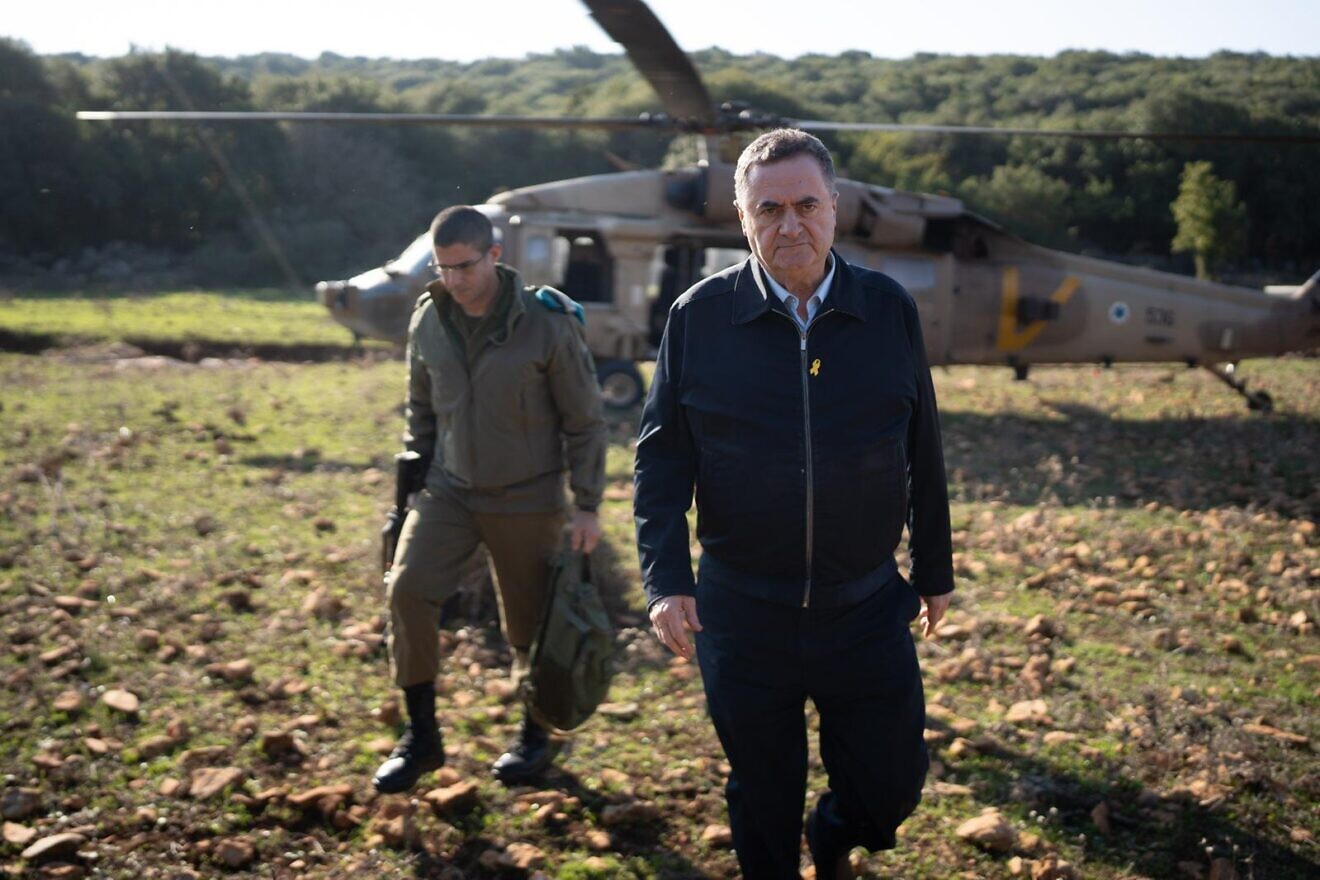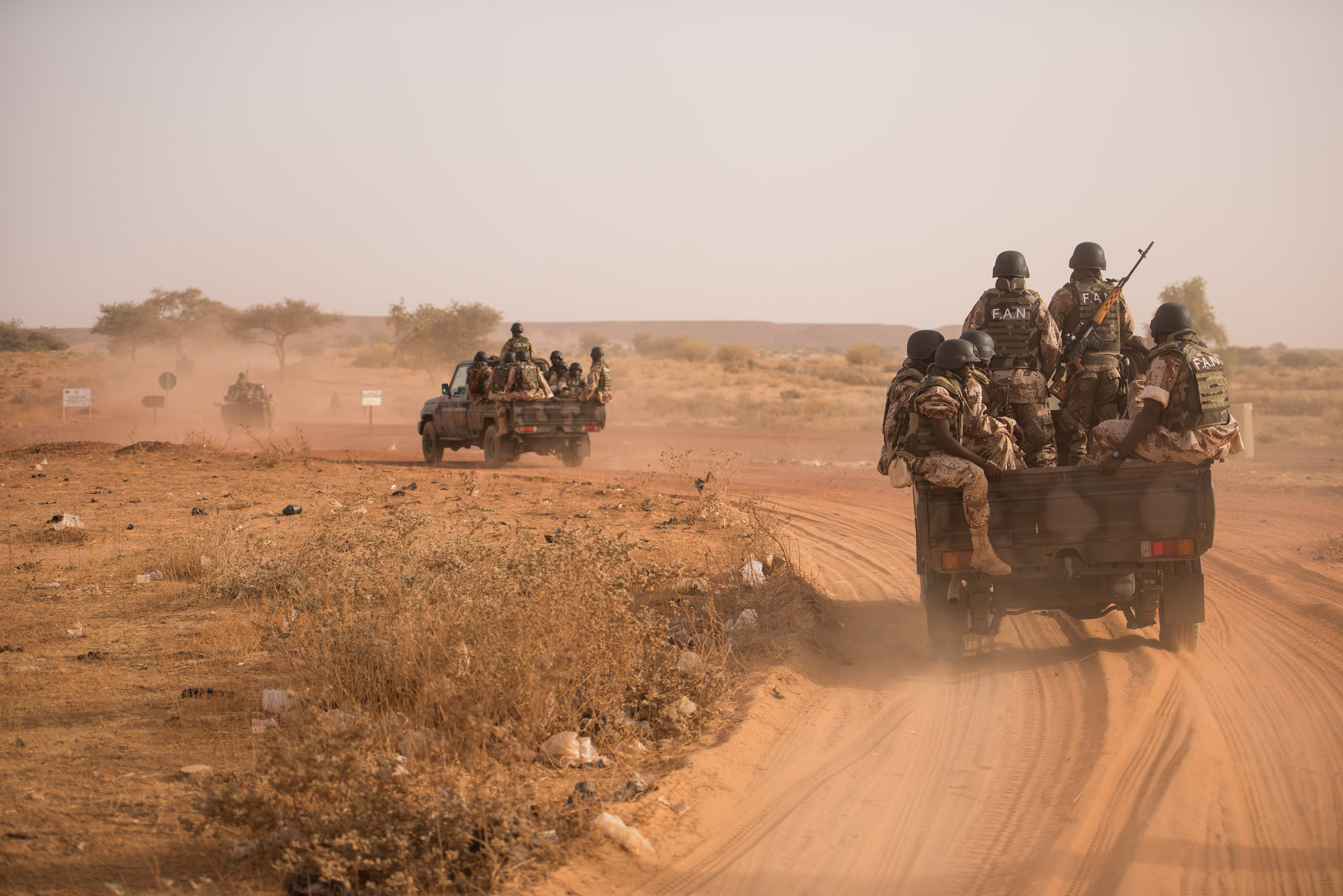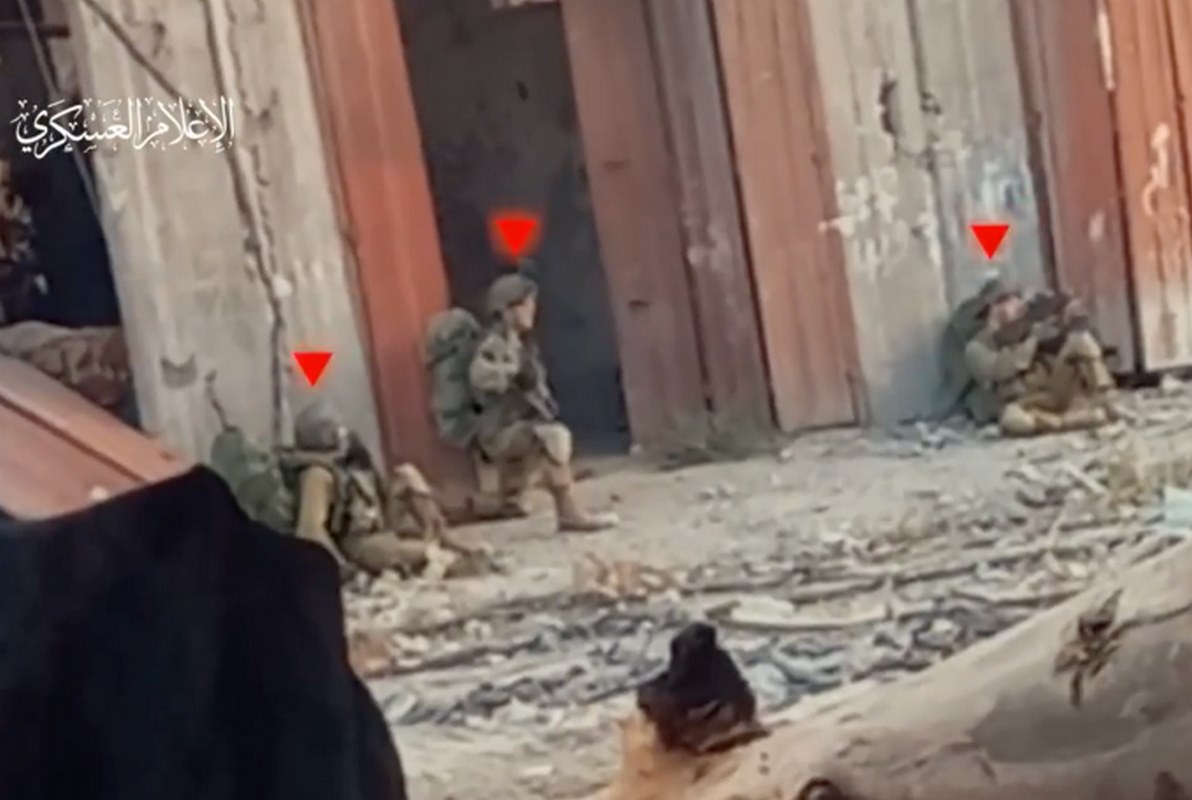The umbrella of Shi’ite militia groups across Iraq and Syria has scored a killing blow against US military personnel at approximately the 158th time of asking after a drone strike killed 3 service members and injured dozens more at a military base in Jordan.
They are the first combat deaths of US personnel in the Levant in nearly 4 years after 2 soldiers were killed during an operation against ISIS in northern Iraq and two were killed in a rocket attack on Camp Taji, near Baghdad in 2020.
US Central Command confirmed in a statement Sunday that three service members were killed and at least 34 injured in a one-way drone attack that “impacted at a base in northeast Jordan.” Eight injured service members were medically evacuated to receive higher-level care, CENTCOM said.
President Biden vowed on Sunday to “respond” to the attack, saying that while facts were still being gathered “we know it was carried out by radical Iran-backed militant groups operating in Syria and Iraq”.
Since the initiation of Israel’s onslaught in Gaza, which the International Court of Justice recently determined could be considered genocide, various US military positions have come under attack over 150 times. None of these attacks had resulted in much more than concussions for the soldiery, although one US contractor died of a heart attack.
“There will be no truce with the US occupation in Iraq unless a genuine and binding ceasefire is established in the Gaza Strip,” said Abu Alaa al-Walai, the leader of the Iraqi militia group Kataib Sayyid al-Shuhada, following a December attack according to Al Mayadeen.
While the attacks have greatly increased in frequency since Israel started bombing Gaza, various US positions across the Levant have been under occasional attack with drones, rockets, or mortars, for years. Last January, WaL reported that drones struck the al-Tanf Garrison in Syria for the third time in 24 months, injuring three US soldiers.
The New York Times reported last week that President Biden and his top aides thought it was just a matter of time before an American soldier was killed in one of these attacks. The official speaking with The Times said that the Administration’s program is to attack Iran directly under these circumstances, though in December the Pentagon acknowledged it has no evidence to corroborate Tehran’s involvement in the attacks.
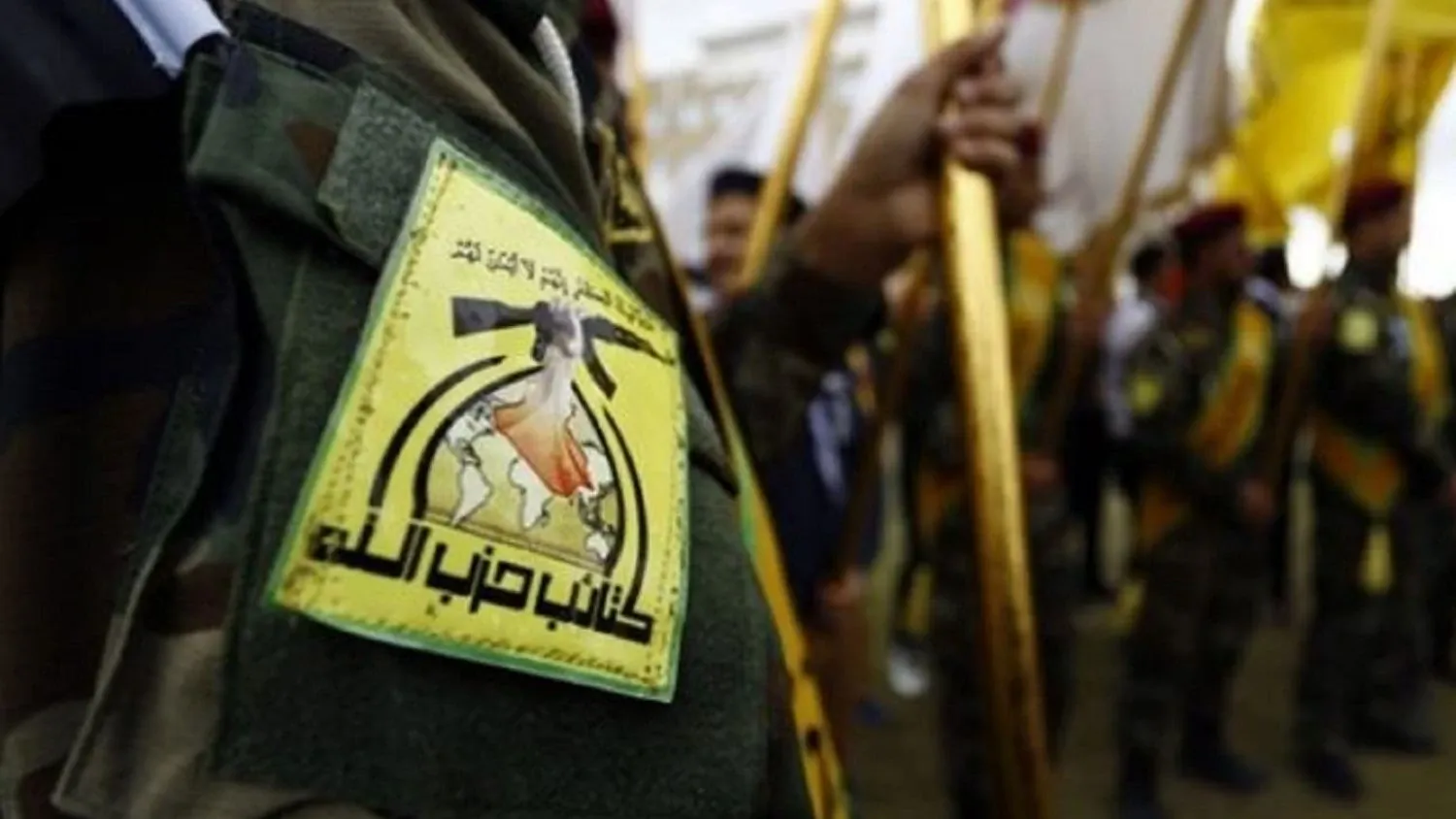
Bomb Iran
In the wake of these entirely preventable deaths, the GOP was able to return to its favorite political activity—shouting at the Oval Office to bomb Iran.
“Target Tehran,” said Sen. John Cornyn (R – TX), while Sen. Lindsey Graham (R – SC) called for “strike targets of significance inside Iran”.
“The only answer to these attacks must be devastating military retaliation against Iran’s terrorist forces, both in Iran and across the Middle East. Anything less will confirm Joe Biden as a coward unworthy of being commander-in-chief,” Sen. Tom Cotton (R – AR) said in a statement.
Rather than seeking to establish a policy for what to do about the repeated bombings of US positions, lawmakers have largely let the military decide for itself what to do, which to this point has involved a few airstrikes in retaliation. There’s no evidence to suggest the retaliations are leading to reductions in the number of attacks on US bases.
In the month that followed Hamas’ deadly raid on Israeli military and civilian communities, US positions were attacked 38 times. The frequency of attacks actually increased through November and December despite retaliatory strikes by US warplanes. Over 70 US soldiers and personnel have received treatment for traumatic brain injuries resulting from these strikes.
One such attack could have ended in disaster. In early November, a drone laden with explosives crashed against the roof of a building in a US military base in Erbil. The explosives didn’t go off, but dozens of soldiers could have been killed if they had.
Despite the encouragement to bomb Iran, the Shi’ite militias under the umbrella of the Islamic Resistance in Iraq, with such groups as Kataib Hezbollah, Harakat al-Nujaba, and Kataib Sayyid al-Shuhada who make up the PMF component of the Iraqi military, routinely take credit for the attacks. Indeed when the US struck back against positions held by the PMF, or Popular Mobilization Forces, the Iraqi government denounced it as a terrorist act.
“The Popular Mobilization Forces represent an official presence affiliated with the state, subject to it, and an integral part of our armed forces,” Iraqi Prime Minister Mohammed Shia al-Sudani said in a statement. “We condemn the attacks targeting our security forces, which go beyond the spirit and letter of the mandate that created the international coalition,” he said, referring to the coalition formed to defeat ISIS.
Sen. Roger Wicker (R – MS) the highest-ranking Republican on the Senate Armed Services Committee, said in a statement that it was “long past time for President Biden to finally hold the terrorist Iranian regime and their extremist proxies accountable”.
Despite the unanimous consent of the GOP over Iran’s culpability, the fact is that the PMF, and even the more fringe militias like Kataib Hezbollah are part of an Iraqi political establishment that rose to power because the US installed it in power after their illegal and disastrous invasion in 2003. Even though Biden has chosen to leave US forces directly in harm’s way with nothing to do in their bases but get bombed, at least it doesn’t give off the optics that the US is directly in combat again with the government they themselves installed following Operation Iraqi Freedom.
Iran doesn’t need to fund and support militias like Kataib Hezbollah, Harakat al-Nujaba, and Kataib Sayyid al-Shuhada, Two of the three largest political parties in the Iraqi parliament in power are Iran’s staunchest foreign supporters, and the fact that Iraq is in this state after the deaths of over 10,000 US soldiers and a million Iraqis besides, shows just how in vain the deaths of these three US servicemen have been. WaL
PICTURED ABOVE: Tower 22, a base of 350 soldiers and personnel located in Northeast Jordan. PC: Google Maps
